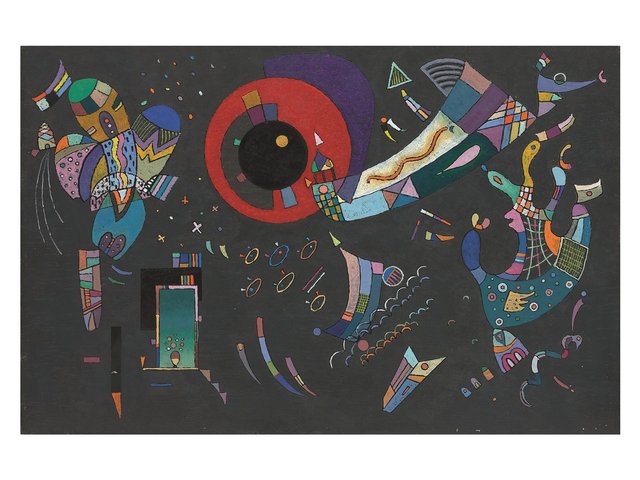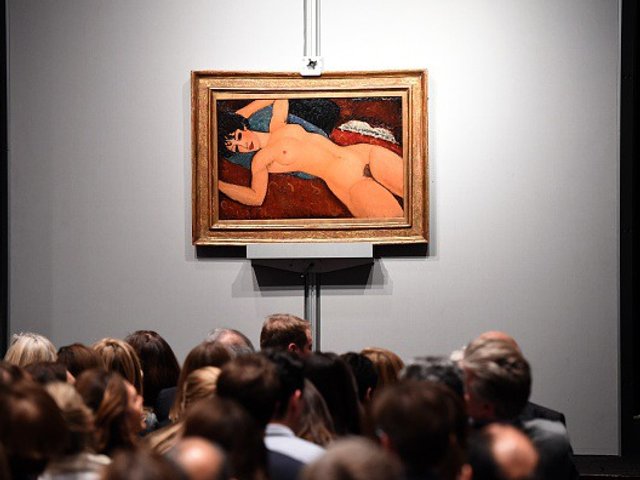At the dedicated evening sales in London in October, 21 out of 93 of the works sold at Sotheby’s and Christie’s were by the Italian artist Lucio Fontana. Combined, his work made £36.6m across the two evenings, nearly half of which was accounted for by the top lot of the week, his Concetto Spaziale, La Fine di Dio (1963), made five years before his death, which sold for £15.9m. Unsurprisingly, another work from this series will be offered by Christie’s at its evening sale in New York on 10 November—the estimate is now $30m (£19.4m) and the work carries a minimum price guarantee.
There are many factors behind the sudden surge of interest and prices, not least the appetite coming from the US, the world’s biggest art market. An Alberto Burri show has just opened at New York’s Guggenheim (until 6 January), and Fontana is coming to the Metropolitan Museum of Art in 2017.
Buyers are also comforted by the relatively large amount of supply, and of similar-looking works, which gives a confidence in their value, particularly when auction results have set a public benchmark price. Like it or not, many of today’s art buyers are craving liquidity—the ability to buy and sell more quickly than the art market allows—which requires a certain amount of transparency and supply, which these Italian artists at auction are providing.
Does this mean that the works are intrinsically worth millions more than they were five years ago? Probably not. But the trend of more commoditised works driving prices disproportionately higher will continue until this well has run dry.



